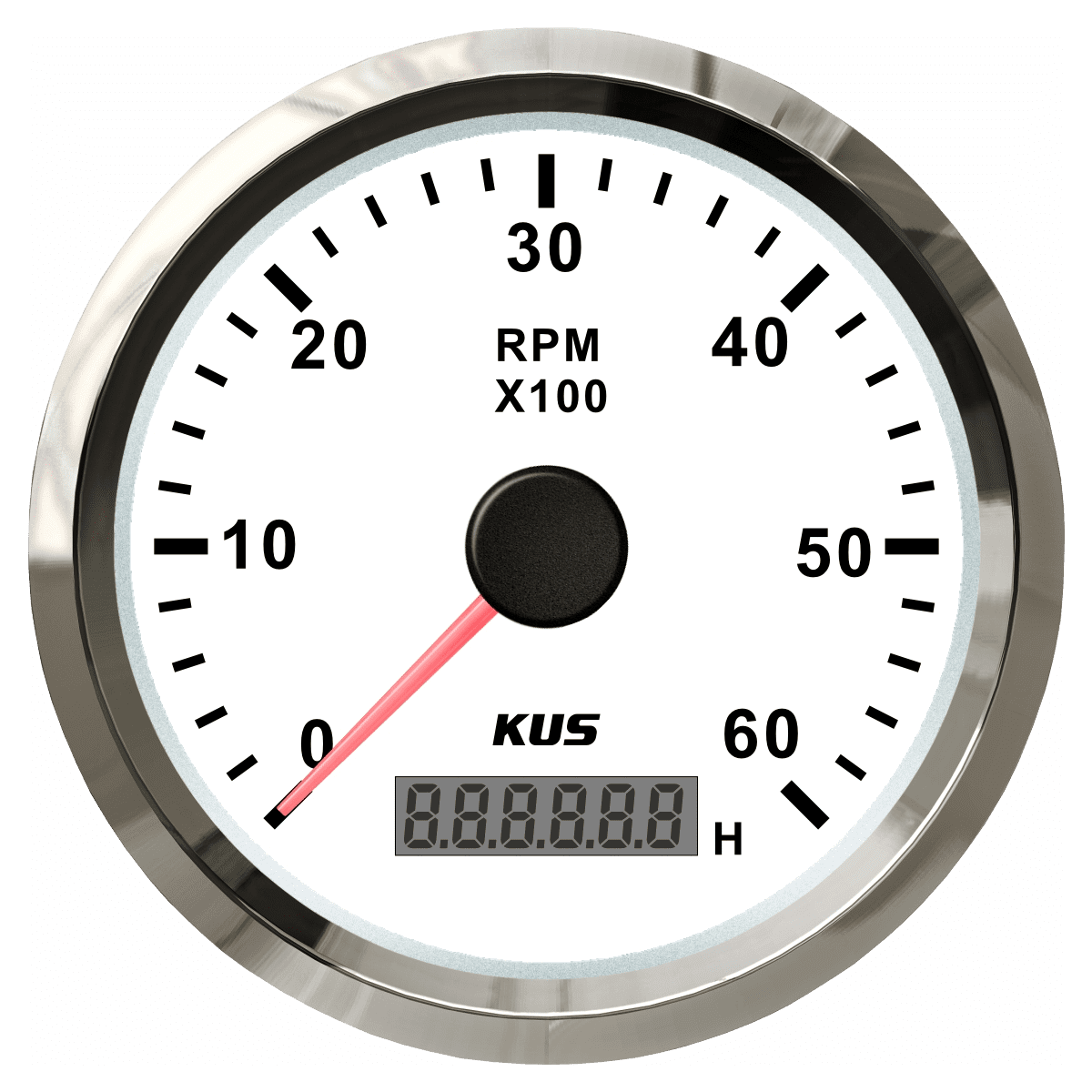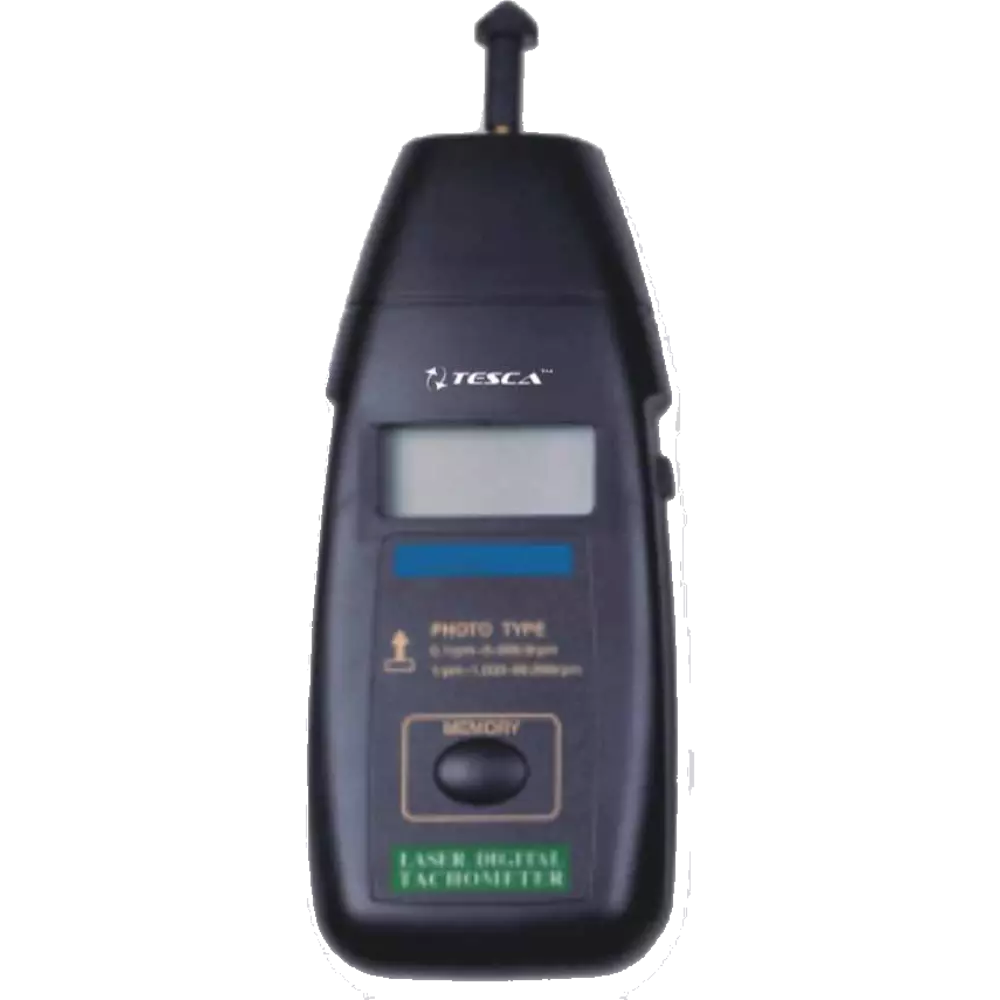Tachometer Basics: Every Little Thing You Need to Know for Accurate Readings
Tachometer Basics: Every Little Thing You Need to Know for Accurate Readings
Blog Article
Opening the Secrets of Tachometers: Every Little Thing You Required to Understand About This Vital Tool in Your Vehicle
Comprehending the details of tachometers can supply beneficial insights into your car's performance and upkeep demands. From measuring engine rate to understanding the information it offers, tachometers offer as a crucial device for lorry owners and lovers alike. By unwinding the secrets behind this necessary tool, you can unlock a wide range of information that can enhance your driving experience and make sure the longevity of your vehicle.
Relevance of Tachometers
The relevance of tachometers depends on their ability to supply crucial real-time information about an engine's rotational rate, enabling exact surveillance and maintenance of equipment. By measuring the revolutions per min (RPM) of an engine's crankshaft, tachometers offer important understandings right into the engine's performance - tachometer. This information is necessary for guaranteeing that the engine operates within its optimum range, avoiding possible damage from over-revving or underperforming
Tachometers play a crucial role in aiding drivers and specialists find any kind of abnormalities in the engine's speed, which might indicate problems such as fuel inadequacy, mechanical issues, or too much strain on the engine. By without delay identifying these issues via tachometer analyses, maintenance can be carried out proactively, preventing expensive fixings and downtime over time.
Additionally, tachometers are specifically important in high-performance cars and machinery, where precise control over engine rate is required for optimum procedure. Racing autos, aircraft, and industrial devices count on tachometers to provide peak performance while maintaining safety standards. In essence, tachometers are not simply tools for gauging speed yet essential devices for ensuring the smooth and reliable operation of engines across different applications.
How Tachometers Step Engine Speed
Using sensing units that discover the regularity of electric pulses generated by the engine's ignition system, tachometers precisely determine the rotational speed of an engine. By keeping track of the price at which these pulses are gotten, tachometers give real-time feedback on exactly how quick the engine's crankshaft is turning per minute, commonly described as transformations per min (RPM)
The tachometer's sensor, often attached to the engine's ignition coil or ignition system cables, grabs the electrical signals produced each time a cylinder fires. These signals are then transformed into RPM analyses showed on the scale or instrument cluster within the chauffeur's sight. Tachometers can be analog or digital, with modern-day lorries typically including electronic displays for accurate and immediate RPM analyses.
This information is essential for motorists to recognize the engine's efficiency, protect against over-revving, enhance gear moving, and make sure reliable gas intake. By accurately gauging engine speed, tachometers play an important role in aiding drivers operate their lorries safely and successfully.
Translating Tachometer Readings
Having a clear understanding of just how tachometers measure engine rate sets the foundation for properly interpreting the RPM readings displayed. Interpreting this website tachometer analyses is essential for optimal lorry performance and engine health. When the engine is idling, the tachometer needle commonly rests around 600-1000 RPM, depending on the car.


Tips for Utilizing Tachometers Efficiently
To boost driving efficiency and enhance engine performance, what key approaches can be implemented for successfully utilizing tachometers? Tachometers are crucial tools that supply real-time comments on engine rate, making it possible for drivers to make enlightened decisions for much better efficiency - tachometer. Right here are some pointers for using tachometers effectively:
Recognizing Ideal RPM Variety: Acquaint yourself with the optimum RPM (Transformations Per Min) range for your vehicle. Keeping the engine within this range can improve gas efficiency and prolong the engine's lifespan.
Changing Gears at the Right Time: Utilize the tachometer to establish the ideal time to change equipments. Goal to move gears when the RPM gets to the optimal array for the next gear.
Monitoring Engine Anxiety: High RPMs for extended periods can strain the engine. Watch on the tachometer to stop over-revving, particularly during acceleration or when bring heavy tons.
Tachometers and Vehicle Maintenance
When considering lorry upkeep, tachometers play a crucial role in keeping track of engine efficiency and finding prospective problems. Tachometers offer crucial data on engine rate, enabling drivers and technicians to ensure that the engine is running within the suggested RPM variety.
In addition to spotting possible issues, tachometers can likewise help in optimizing gas efficiency. By maintaining the engine speed within the optimal range, motorists click resources can improve their gas mileage and lower gas usage. This not only profits the motorist's budget but likewise adds to environmental preservation by reducing harmful discharges.
Verdict

Report this page